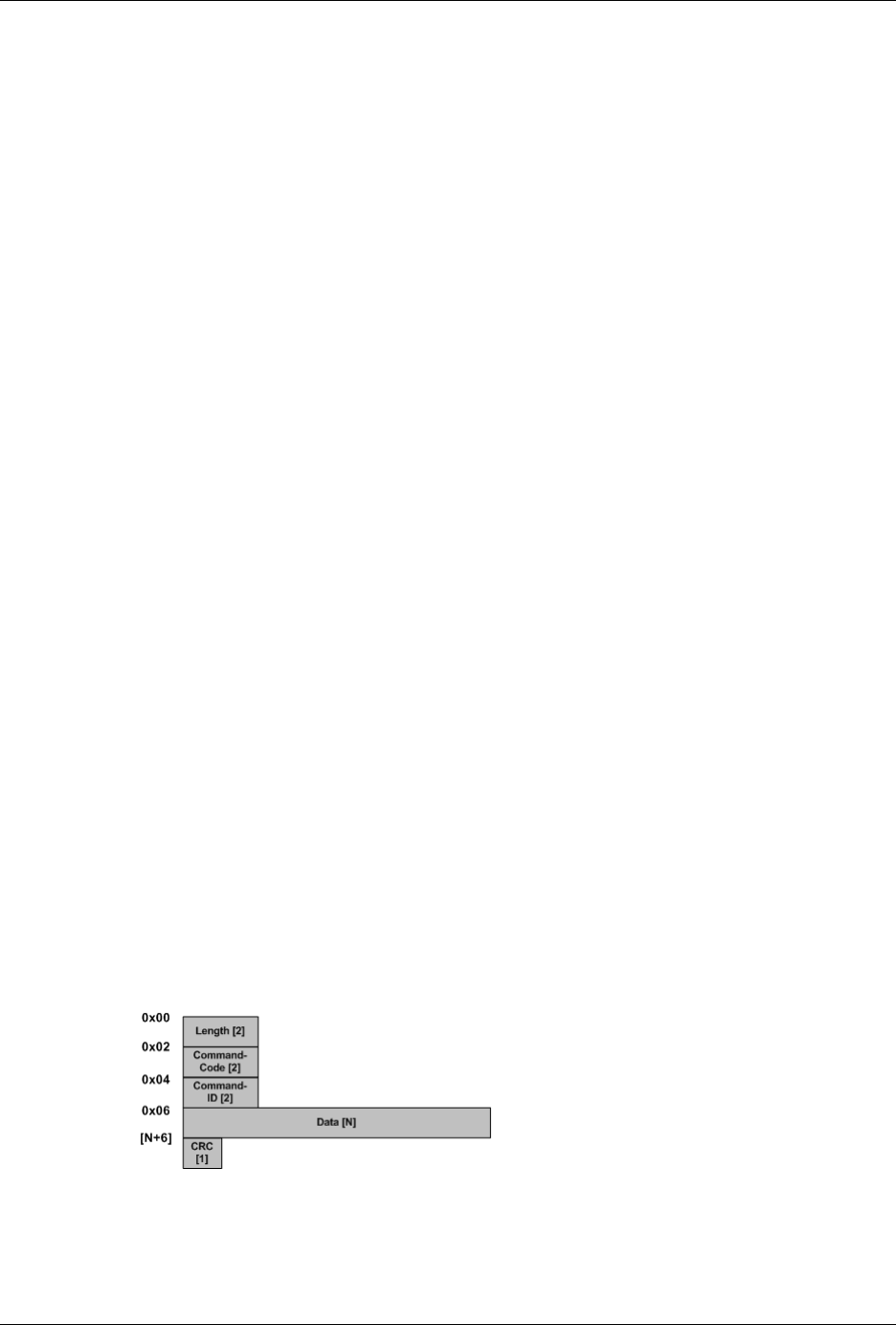User manual

73 © 2007-2010 Analytica GmbH
Appendix C. FAQ - Frequent asked
questions
Here is a list of frequently asked questions.
C.1. Common questions
Q:
No LAN connection
A:
If no LAN connection is registered (the link LED next to the RJ45 socket does not light up), please
check the wiring between the AnaGate and the hub or switch. You need to use a crossover cable
when connecting the device directly to a PC.
C.2. Questions concerning AnaGate CAN
Q:
What is the value of the termination resistor when the termination option of the device is activated?
A:
The termination resistor of the AnaGate is driven by an FET transistor. The resistor itself has 110
Ohm while the internal resistance of the FET is 10 Ohm if the FET is activated. So the resulting
resitance is 120 Ohm, as required by the CAN bus.
Q:
Does Analytica offer a CAN gateway which do not have an galvanically isolated CAN interface.?
A:
Any device that is actively connected to an CAN bus should be optical isolated. Especially when
using USB-operated devices (like the AnaGate USB), it is essential to have an galvanically isolated
device, because the device is power supplied by the PC.
C.3. Questions concerning AnaGate I2C
Q:
What is the correct order to connect the GND / SCL and SDA when using an external power supply?
A:
To avoid potential damage to the AnaGate I2C, the GND pin MUST be connected to the application
board first. Only then can the SCL/SDA pins be allowed to make contact with the application board.
C.4. Questions concerning the communication protocol
Q:
The calculation of the check sum (CRC) do not work!
A:
The following figure illustrates the princible layout of an AnaGate telegram.
The checksum is defined as a byte calculated by XOR from all the existing bytes in an AnaGate
telegram, excluding the length bytes and the CRC byte.
The following C code function computes a valid CRC of an already created command telegram.










